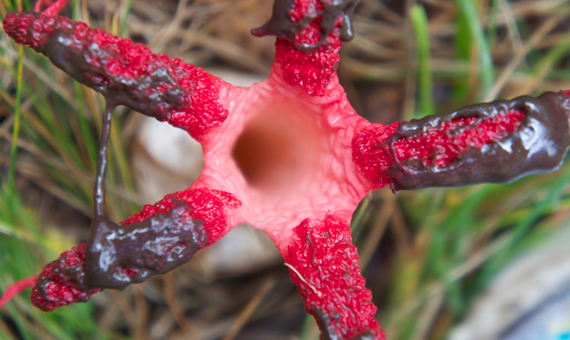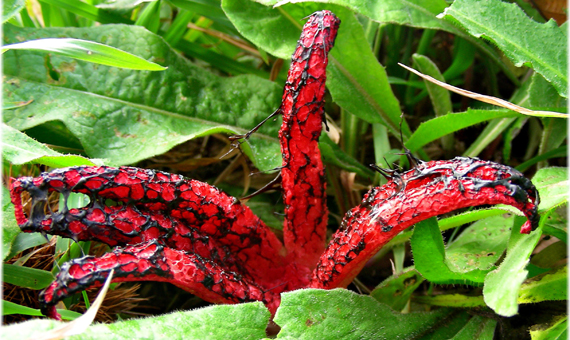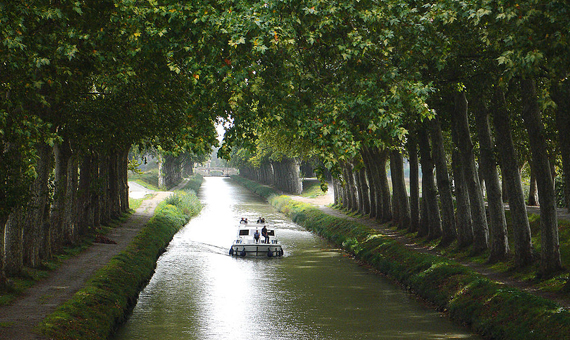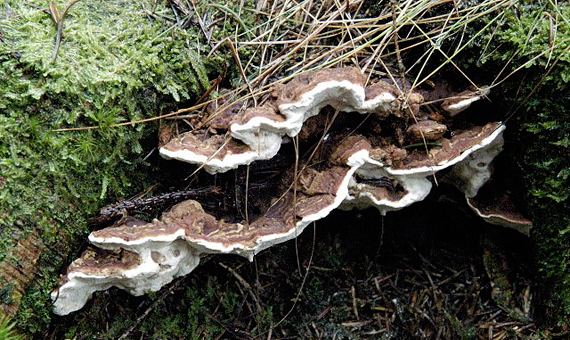What do the raccoon, the zebra mussel and the apple snail have in common? These three organisms have been classified as invasive alien species. According to the Spanish Ministry of Agriculture, Food and Environment, such organisms are one of the main causes of biodiversity loss in the world.
Both Spain and the European Union as a whole have promoted two initiatives in order to combat this problem and address its significant environmental, economic and social implications. For example, Spain has regulated the concept of invasive alien species .The text defines these as living things “which are introduced into or establish themselves in an ecosystem or a natural or semi-natural habitat and which are an agent of change and threat to native biological diversity, either through their invasive behavior or the risk of genetic pollution.”
The introduction of invasive alien species in Europe has been happening for centuries. However, according to the European Union, the numbers have grown exponentially in the last half-century. As a result, according to EU estimates, the economic impact has been of around 12,000 million euros since 1996. And, although the introduction of invasive alien species has been associated mainly with the growth of trade and travel, there is a kind of biological stowaway which arrived as a result of two wars that devastated the European continent.
The devil’s fungus of World War I
One of the most famous and striking invasive species is Clathrus archeri, a bright red mushroom that sprouts from a white-coloured “egg”. After emerging, the organism unfurls four to eight tentacles, as if it were half-“terrestrial octopus”, half-devil, due to its colour.
According to studies conducted by scientists at the University of the Basque Country in Spain, this fungus has evolved from a “casual species” to a true invasive organism. Clathrus archeri shuns the summer drought, but it can be found in environments as varied as parks and gardens, native plantations, and forests of high ecological value.

But the curious thing about this species is not only its strident red colour and appearance, but also its strategy for invading the European continent. The fungus was introduced during World War I, originating from Australia and Tasmania. It is believed that Clathrus archeri came to Europe on the boots of Australian soldiers, since the first time its presence was documented was in 1914, in the French district of Saint-Dié-des-Vosges.
The arrival of this invasive species on the continent certainly occurred during the war, although there is another hypothesis that offers an explanation for its introduction. According to biologist Sara Díaz Urquijo, fungus spores may also have arrived in sheep wool imported from New Zealand, as several wool processing plants existed in the Vosges (north-east France) at that time. This theory is supported by scientists at the University of Iaşi in Romania, who point out that, since its colonization, the fungus has spread through central European countries such as France, Italy, Austria, Switzerland and Germany. The diabolical invader also came to Spain, although later on, being identified for the first time in 1968. In later decades, and without the influence of a conflict like World War I, the species also travelled as far as Santa Cruz, California.

Snakes, shrubs and pathogenic fungi: World War II’s bio-stowaways
As Illana-Esteban, from the Department of Plant Biology at the University of Alcalá, states: “the movement of people and equipment through unregulated channels – such as the military – favours the introduction of exotic mushrooms.” This was the case with Clathrus archeri during World War I, but also with other invasive species during World War II.The researcher mentions, among other organisms, the herbal plant Tribulus terrestris, which originated from the Sahara and could have come to America due to its spiked fruits being “stuck” to military aircraft tyres. Something similar occurred with the Mediterranean bush Peganum harmala L., introduced to US airfields through the return of the troops.
The most catastrophic case, at least from an ecological perspective, happened on the island of Guam. This region, a former Spanish colony in the Mariana Islands, saw most of its native bird species gradually disappear. The reason? The arrival of the snake Boiga irregularis, a terrible predator that was introduced in the island camouflaged in a shipment of fruit for military use in 1940.
Two other terrible occurrences of invasive species resulted from World War II. The first was instigated by the pathogenic fungus Ceratocystis platani, which causes a disease of plane trees called canker stain. The living organism, which had been detected only in America before the war, was able to travel to Europe in crates used to transport war materials such as weapons, ammunition and supplies. The fungus-infected wood allowed it to spread uncontrollably, first in the European ports that were busiest during the conflict, such as Livorno, Naples and Marseilles, and then throughout the rest of Italy, France, Spain and Switzerland.

Canker stain affects plane trees, causing them to die slowly. The most recent major outbreak of this disease has occurred in the Canal du Midi in Toulouse, declared a World Heritage Site by UNESCO. The bio-stowaway pathogen has infected more than 42,000 trees on the banks of this corner of France. If a remedy cannot be found, in fifteen or twenty years plane trees will have to be cut down as a result of the canker stain disease.
Another striking wartime bio-stowaway is the fungus Heterobasidium annosum. In the eighties, the people responsible for the farm Castelporziano, located twenty-five kilometers from Rome, were astonished. Pines on the site, considered one of the residences of the President of the Republic of Italy, had begun to die all of a sudden. The reason was none other than a living organism that had only been observed in the Americas. But how had it got there?

The reason was none other than the movement of military troops. The fungus had been able to cross the Atlantic Ocean before arriving at the Castelporziano estate due to soldiers from the US Fifth Army Custer Division, as discovered by the University of California (Berkeley). The military had set up camp on the premises in June 1944, taking advantage of a break in the fighting against the troops of Nazi Germany and Mussolini’s Italy. The fungus had probably infected wooden pallets used by the US to transport equipment to the soldiers settled there. That was how this invasive species, which primarily attacks pines, but also poplars, oaks and birches, had been introduced in Europe. It was all a bio-stowaway affecting the trees through their roots.
In addition to the historical curiosities that invasive species like these can teach us, their study is key to conserving biodiversity and reducing their socio-economic impact. Moreover, in a world marked by the emergence of terrorism, experts also recommend that governments prepare for the possible use of such organisms as biological weapons. Hence future bioterrorist attacks could not only make use of bacteria such as anthrax, but could also affect agricultural crops. Therefore, it is crucial to monitor and control the presence and expansion of these true biological stowaways, some of which came camouflaged with two of the most significant conflicts of the last century.
Ángela Bernardo
(Hipertextual)
Comments on this publication